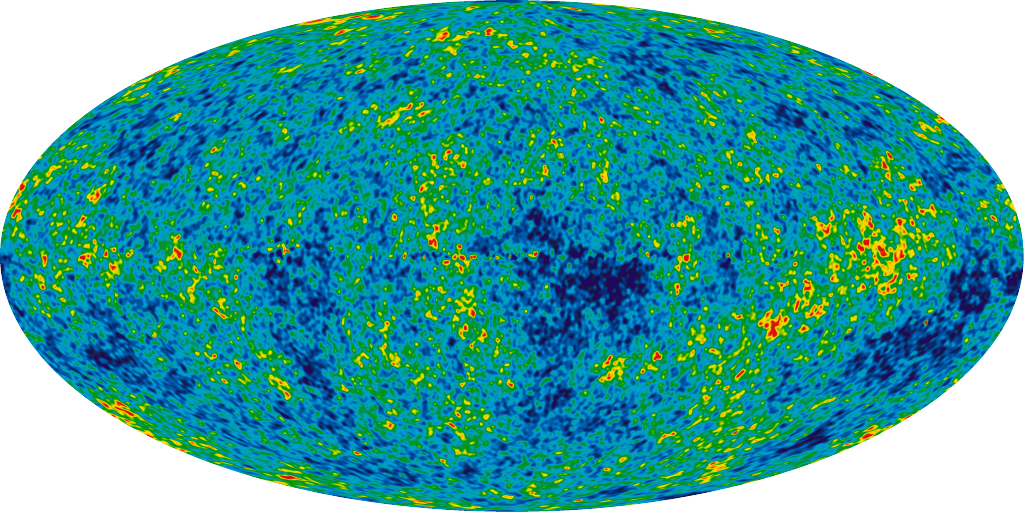Blog: What are astronomers learning from the oldest light in the universe?
Dr. Adam Hincks discusses the history and future of research on the origins of the universe

By: Adam A. Lam
Close to 14 billion years ago, the universe began with the Big Bang. A few hundred thousand years later, the oldest light in the universe accessible to us—named cosmic microwave background (CMB)—was emitted. This light, existing before the formation of the universe’s first stars, is a focus of astronomers who study the origins and evolution of the universe.
Dr. Adam Hincks, Assistant Professor at the University of Toronto with a joint appointment between the David A. Dunlap Department of Astronomy & Astrophysics and St. Michael’s College, is one such scientist.
“If you want [to study] the oldest light in the universe, you can’t look in optical wavelengths,” he said at his August Star Talk with the Astronomy & Space Exploration Society. “You can’t look using visible light that our eyes can see.”
Light, also known as electromagnetic radiation (EMR), travels at around 300,000 kilometres per second. But—as Dr. Hincks notes—EMR can be classified into different types, according to the frequency of the radiation. To visualize an example, he pictured the static of an “old analog television.” One per cent of that static you would see, he explained, is microwave radiation that originates from space.
This microwave radiation includes the CMB, which astronomers consider to be the oldest detectable EMR in the universe. At the time, Dr. Hincks explained, the universe consisted of hydrogen and helium in hot conditions at a nearly uniform density. Due to their heat, he continued, the gases emitted thermal radiation—known as CMB.
In 1964, astronomers Drs. Robert Woodrow Wilson and Arno Penzias discovered CMB with a radio telescope. “They found that no matter where they pointed this telescope at at the sky, they saw the same brightness everywhere in microwaves,” said Dr. Hincks. This reflects the uniform density of the hydrogen and helium that emitted the CMB, supporting the Big Bang Theory.
Closer to the present, in 1989, NASA launched a satellite named the Cosmic Background Explorer (COBE), which—as Dr. Hincks explained—can take precise measurements to study CMB. “It turns out that by looking at the precise details of [from observations of CMB],” said Dr. Hincks, “we can determine some pretty fundamental things about our universe.” These fundamentals the universe’s age, geometry, and composition—including the study of dark matter.
“About a quarter of the universe is made up of what we call dark matter,” he said. “This matter isn’t made up of the atoms that we know about: the atoms from the periodic table that you saw hanging in your chemistry classroom… We don’t know exactly what it is, but we know it’s there because we can very clearly see its gravitational effects.”
Dr. Hincks continued to explain the ambitious research projects undertaken by scientists and engineers across the globe to better study CMB. Highlights by Dr. Hincks include the active Atacama Cosmology Telescope, manufactured in Vancouver, Canada with the involvement of over a dozen institutions including the University of Toronto, along with the Simons Observatory currently in construction.
—To learn more about the importance, history, and future of CMB research, you can watch our recording of Dr. Hincks’s Star Talk on the ASX Society’s YouTube Channel.


